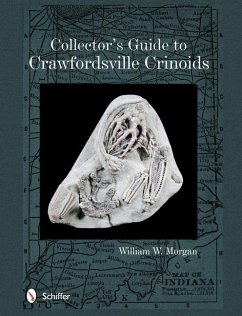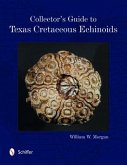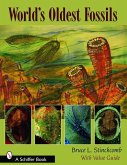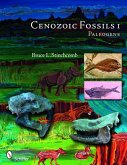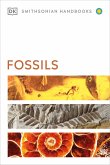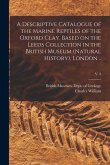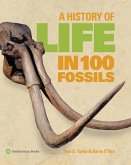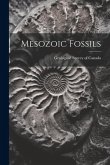Mississippian Age crinoids from Crawfordsville, Indiana, are known world-wide for their completeness, abundance, comparatively large size, and extraordinary aesthetic appeal. With over 100 detailed photos and drawings and incisive text, this book describes the locality, focusing on its exceptional value from both scientific and lay perspectives. The geologic region is explored, along with the factors believed to have led to the unusual preservation of these crinoids. Detailed descriptions of the morphology, geological history, and classification of stemmed Paleozoic age crinoids follows. Diagrams and photos of real specimens aid in understanding crinoid terminology and identifying and classifying these crinoids to the genus and species level. This book is written for both the new and advanced collector. It is also valuable to the new student of invertebrate palaeontology. It provides updated insight into the morphology, classification, and identification of crinoid fossils collected at the Crawfordsville localities.
Hinweis: Dieser Artikel kann nur an eine deutsche Lieferadresse ausgeliefert werden.
Hinweis: Dieser Artikel kann nur an eine deutsche Lieferadresse ausgeliefert werden.

